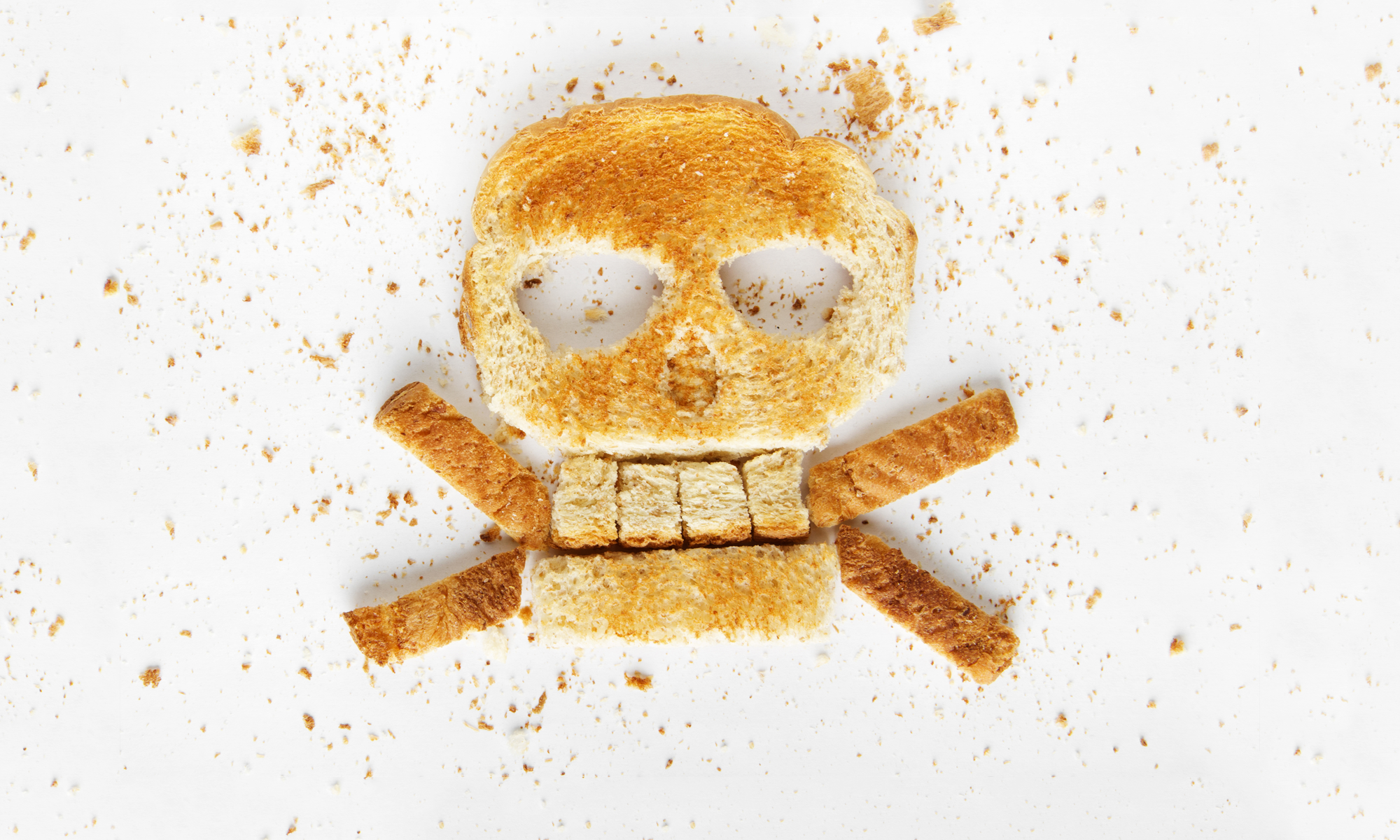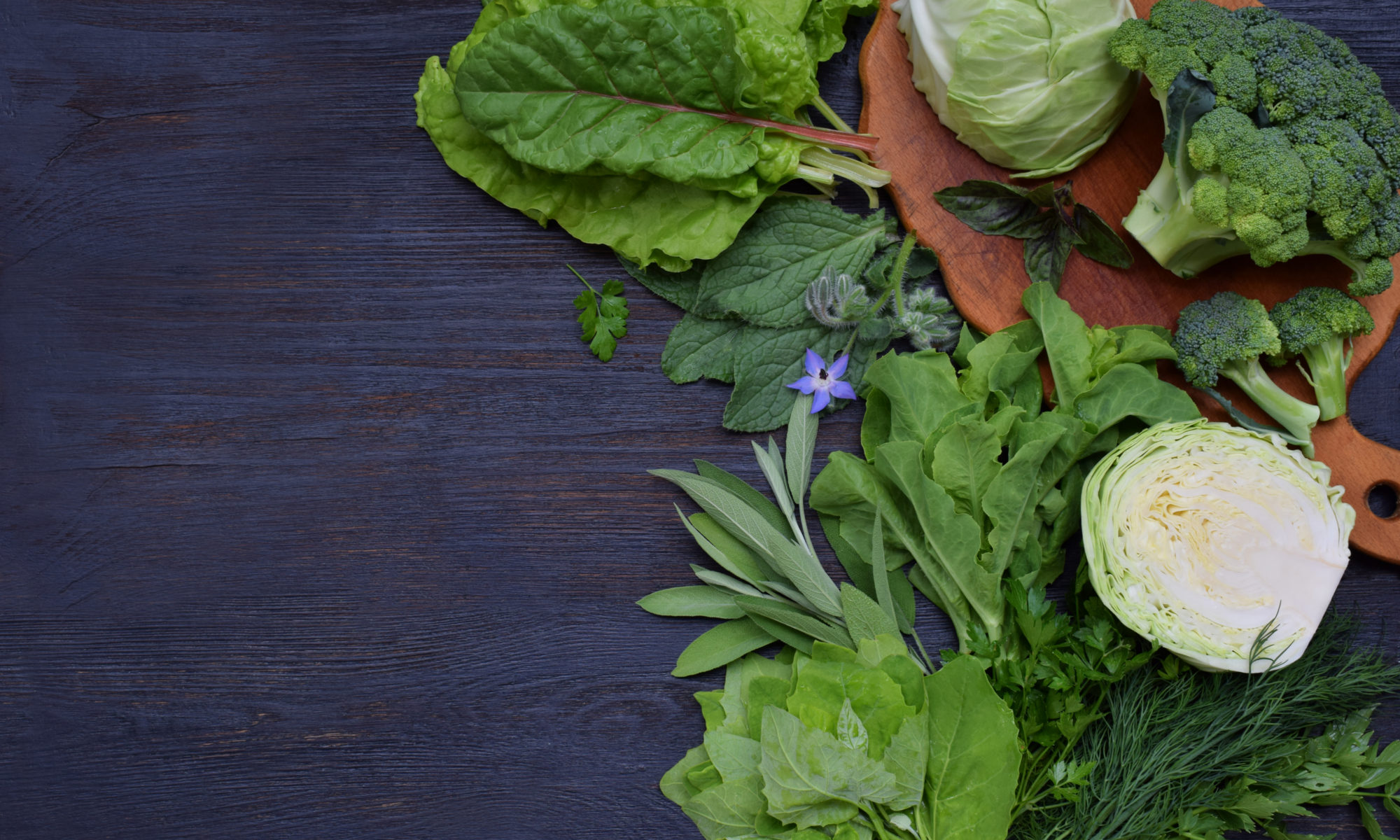Iron deficiency/anemia that is unresponsive to supplementation is one of the most common signs of Celiac disease in adults. The vast majority of Celiacs, and others who struggle with gluten and grains, tend to have low iron levels, even after diagnosis. This happens for complex reasons. The short version of the story is that Celiac disease can cause damage to the small intestine where our bodies normally absorb nutrients like iron, vitamin B12, and folate. GIG has done a great job of explaining anemia and the connection to Celiac disease here. This isn’t the sort of thing that comes on suddenly in most cases. It typically will progress from low iron levels to iron deficiency anemia, which comes with symptoms like:
- fatigue
- irritability
- increased susceptibility to infections
- decreased attention span (especially in kids)
- brittle nails
- cold hands and feet
- pale skin
- weakness
- chest pain
- rapid heartbeat or shortness of breath
- inflammation or soreness of the tongue
- cravings for things like ice, dirt, or starch
- poor appetite (especially in infants and children).
If you suspect that you have low iron or anemia, you should see a doctor for blood testing. The implications can be particularly serious for infants and children. As it has a spectrum of severity, you would likely notice similar symptoms with low blood iron levels, but they would typically be less extreme than in the case of anemia where hemoglobin and red blood cells are also contributing to the problem. Thorough lab work would check for hemoglobin and red blood cell count in addition to blood iron levels, so as to give you and your care team a more complete picture of where the issue stems from. It would also be prudent to check folate and vitamin B12 at the same time as they are also an important part of this puzzle.
Once you’ve identified that it is an issue, how do you get your iron levels back up? Depending on the severity, your care provider may suggest dietary changes, the addition of an iron supplement, or an iron infusion. Over the years I have tried many iron supplements and found that all of them hurt my gut too much (like it felt like a screaming banshee was tearing through my gut…painful cramping, hard stools, gas, and generally unable to function because of the pain). So we had to look for other ways to get iron into my body.
Some of the methods that have helped to boost my iron levels are:
- Eating more red meat and leafy greens
- Cooking in cast iron pans
- Cooking with a Lucky Iron Fish
- Cooking and baking with blackstrap molasses
- Making a hot drink with blackstrap molasses (I’ll include the recipe below)
According to WebMD, food based sources of iron to consider include:
- Liver, meat, fish, and tofu
- Eggs
- Pulses and beans
- Nuts and seeds
- Dried fruit, such as apricots, prunes, and raisins
- Dark green leafy vegetables, such as kale, swiss chard, watercress, spinach, etc.
- Iron fortified breakfast cereals and breads (which are of no help to us as folks avoiding these products)
- Whole grains (some of us may tolerate Gluten Free sourced brown rice, for example)
- Soybean flour
Dark chocolate is another happy source to consider, as well as Blackstrap Molasses. It is important to remember to pair your iron with vitamin C to enable your body to absorb it. I’ve done things like pair blueberries and greens in smoothies, or red currants, apricots, and arugula in salad, lemon on fish, or molasses baked beans with sliced tomato on the side to accomplish this. In all honesty, the thing that has brought my iron levels up the fastest, most consistently is drinking a large cup of myLiquid Gingersnap recipe (aka Ginger Cookie in a Mug), 4 to 7 times per week. This is likely because it is also rich in B Vitamins, including B12 and Folate. Here’s the recipe:
In a large mug, combine the following:
- 1 tbsp Organic Unsulphured Blackstrap Molasses
- ⅛ tsp Ginger, dried powder or fresh grated
- ⅛ tsp Ground Cinnamon
- Boiling water
- A splash of your favourite milk or substitute
- 1 tsp to 1 tbsp of Collagen Powder
Stir to combine well, and enjoy (ideally with a vitamin C rich snack on the side, like one of these Lemon Blueberry Cassava Flour Muffins, a wee bowl of berries, or a mandarin orange). If you would prefer to try a smoothie, a pro tip is to blend your greens in a bit of liquid first, before adding your choice of berries, pineapple, mango, avocado, coconut milk, or nut milk. Using beet greens is a sneaky trick to help camouflage them for those who might turn up their noses at a green smoothie (the dark red stems are full of dark red juice!), and remember that spinach will have a better flavour than kale. Pairing with tropical fruits and berries adds the vitamin C you need for absorption, and also better flavour. If you make a large batch, you can also freeze the leftovers into a popsicle mould to make “greensicles” which have also been very popular with the children I know.
Both vitamin B12 and folate work together with iron, and deficiency in either or both of them can also contribute to the issue. Folate is important for making red blood cells, and if you are deficient you might notice symptoms like ringing in your ears, sore tongue, irregular heartbeat, cracked lips, and the others associated with iron deficiency anemia. Vitamin B12 is absorbed by the lower small intestine, so Celiac disease related damage to the gut can particularly affect deficiency of this vital nutrient. If you lack enough of the intrinsic factor protein, your stomach will also struggle to absorb B12, which could result in pernicious anemia (but this is much less common). B12 also contributes to red blood cell formation, so when you don’t have enough, your body struggles to transport iron throughout the body. Damage to the intestine can take between 2 and 18 months to heal sufficiently to be better able to absorb nutrients, so please take that into account when tracking your progress. If you are concerned about your vitamin B12 and Folate levels, you may want to ensure that you are eating some of the following:
- Eggs
- Wild Salmon
- Sardines and Mackerel
- Nutritional Yeast
- Grass Fed Beef (especially the Liver)
- Lamb (all New Zealand lamb is grass fed)
- Legumes
- Leafy Greens
- Sweet potato
- Beets
- Asparagus
- Cruciferous vegetables
- Organic Unsulphured Blackstrap Molasses
- Fortified foods and beverages (most are grain or dairy based so not the best choice if you’re reading this here)
It doesn’t work for me due to histamine sensitivity, but grass fed beef liver pate is quite possibly the best dietary source to boost iron, B12, and folate all at once. It is also worth mentioning that iron doesn’t play with with some medications, such as thyroid medications. If you’re going to dramatically increase your iron intake and are taking pharmaceutical medications, you should consult your pharmacist to ensure that you won’t cause any problems for yourself. For my thyroid meds, I was told to keep about four hours between them and iron as it blocks the efficacy of the medication.
So tell me, what are your favourite iron boosting recipes and strategies? Would you enjoy a series of recipes dedicated to that topic?
Some additional recipes you might like to try are:
https://www.ottosnaturals.com/recipe/2018/3/9/molasses-cookies
https://backporchpaleo.com/recipes-2/on-the-sweet-side/gingersnap-muffins/
I’ve successfully substituted coconut milk + apple cider vinegar, avocado oil, golden cane sugar, and chia egg replacement in this recipe: https://autoimmunewellness.com/bacon-beef-liver-pate-with-rosemary-and-thyme/
https://autoimmunewellness.com/chicken-liver-mousse/
https://autoimmunewellness.com/warm-chicken-livers-lacinato-beet-ruby-grapefruit-balsamic-glaze/
https://autoimmunewellness.com/sauteed-chicken-livers-with-riced-cauliflower-collards-and-herbs/
https://www.thepaleomom.com/recipe-egg-free-nightshade-free-hidden/


One Reply to “Getting Enough Iron, Vitamin B12, and Folate”